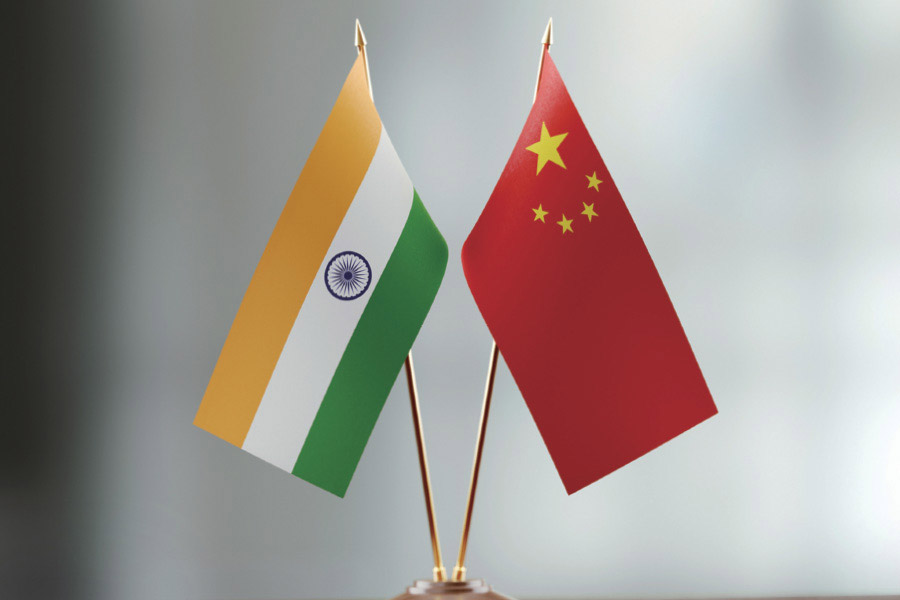In the gamut of sound and systematized international arbitration, an emergency relief is often described as an Achilles’ heel. Emergency Arbitration in the guise of an emergency relief is an upcoming concept in arbitration suitable for parties that cannot wait for the formation of an arbitral tribunal and want to protect their assets and evidence, which may, otherwise, be altered or lost. The efficacy of an EA, which a party invokes, depends on the following two factors:

Managing partner
Singhania & Partners
1. Fumus boni iuris – Reasonable possibility that the requesting party will succeed on merits.
2. Periculum in mora – If the measure is not granted immediately, the loss would not and could not be compensated through damages.
SIAC – The Torchbearer. The Singapore International Arbitration Centre was the first Asian institution to introduce EA provisions in July 2010, making it an international leader in the number of such cases handled. The following procedures, among others, must be adopted when a party chooses the EA option:
- Application in writing to the registrar.
- Filing of proof of serving such an application on the opposite party.
- Payment of the decided fee, based on the schedule for each centre, where such arbitration is to be carried out with an implicit understanding that the application of EA would be limited to signatories to the arbitration agreement or their successors.
You must be a
subscribersubscribersubscribersubscriber
to read this content, please
subscribesubscribesubscribesubscribe
today.
For group subscribers, please click here to access.
Interested in group subscription? Please contact us.
你需要登录去解锁本文内容。欢迎注册账号。如果想阅读月刊所有文章,欢迎成为我们的订阅会员成为我们的订阅会员。
Ravi Singhania is managing partner and Kanika Tandon is a senior associate at Singhania & Partners

Singhania & Partners LLP, Solicitors and Advocates
P-24 Green Park Extension
New Delhi 110016, India
Tel:
+91 11 4747 1414
E-mail:
ravi@singhania.in
kanika@singhania.in
www.singhania.cn





























